- Home
- TV History
- Network Studios History
- Cameras
- Archives
- Viewseum
- About / Comments
Skip to content
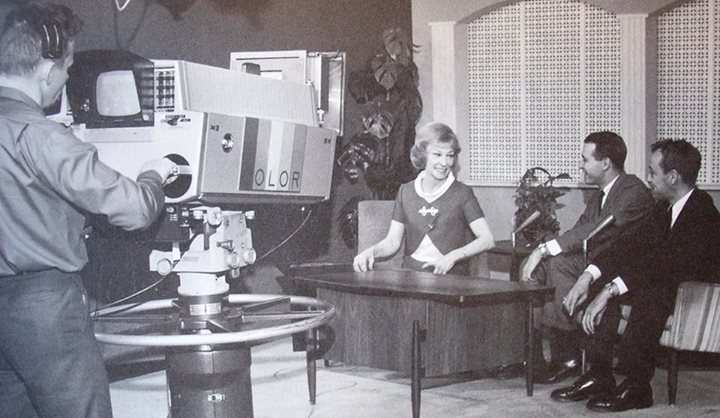

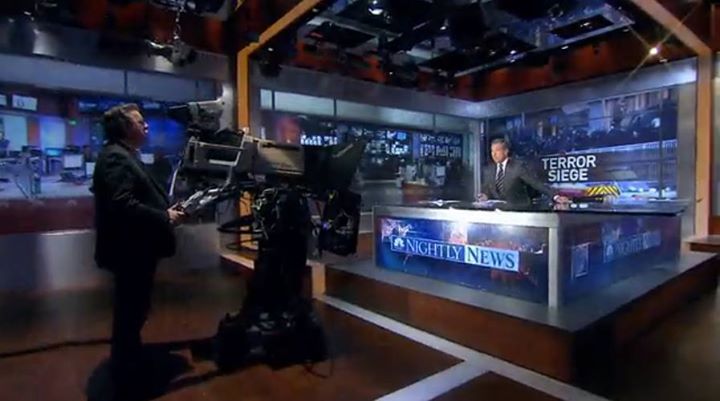



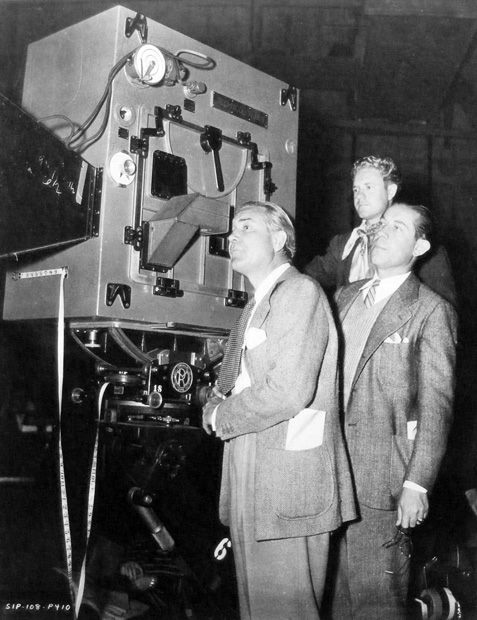



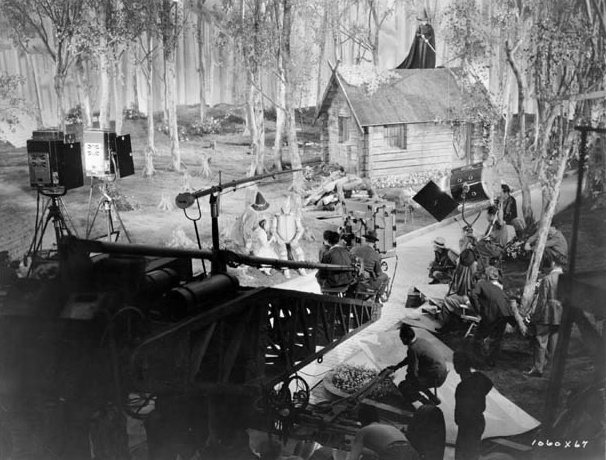

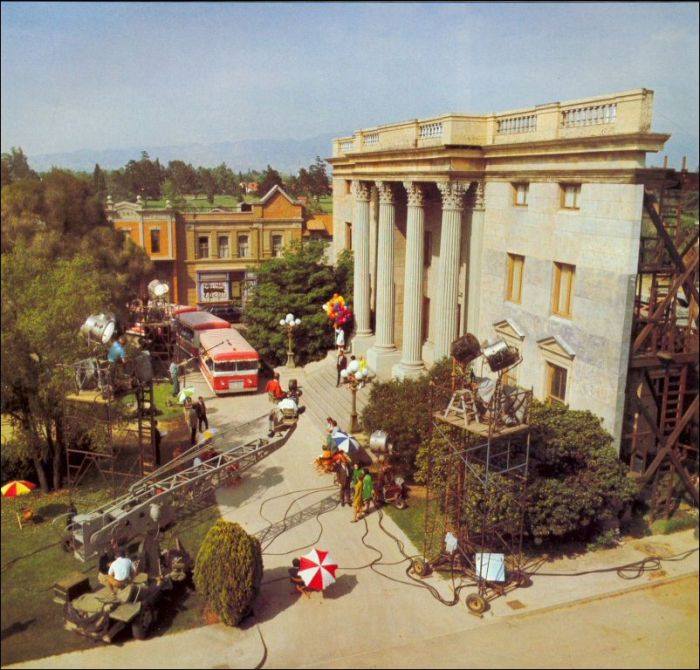

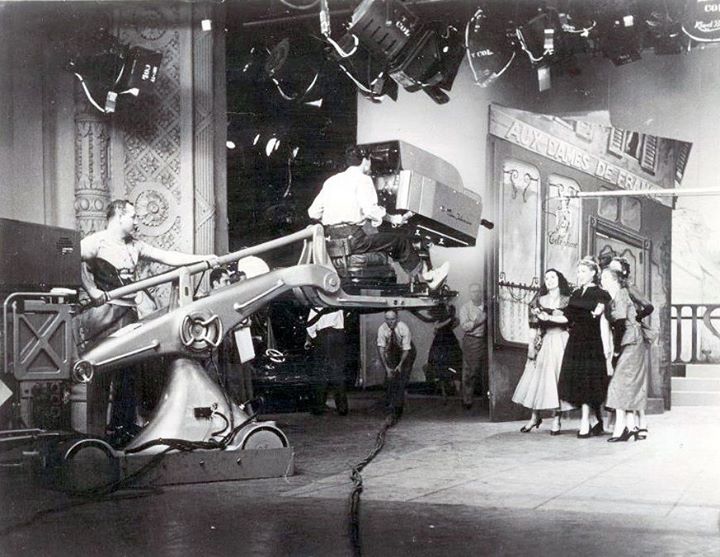

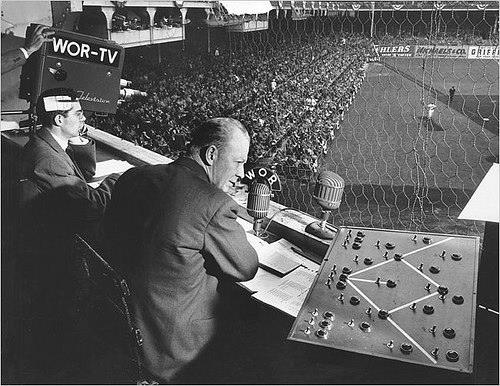





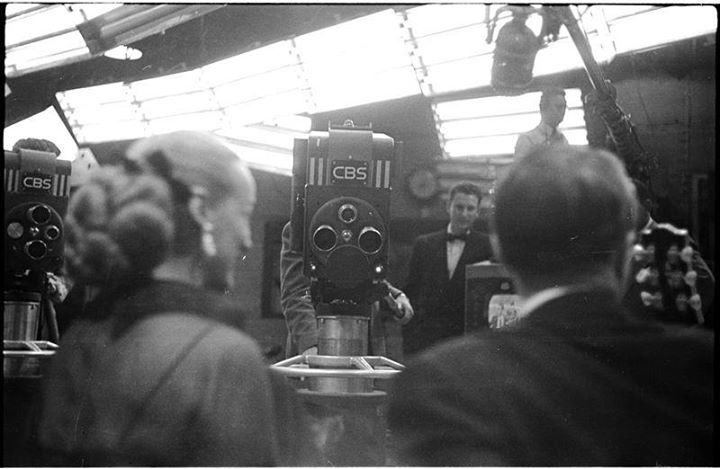

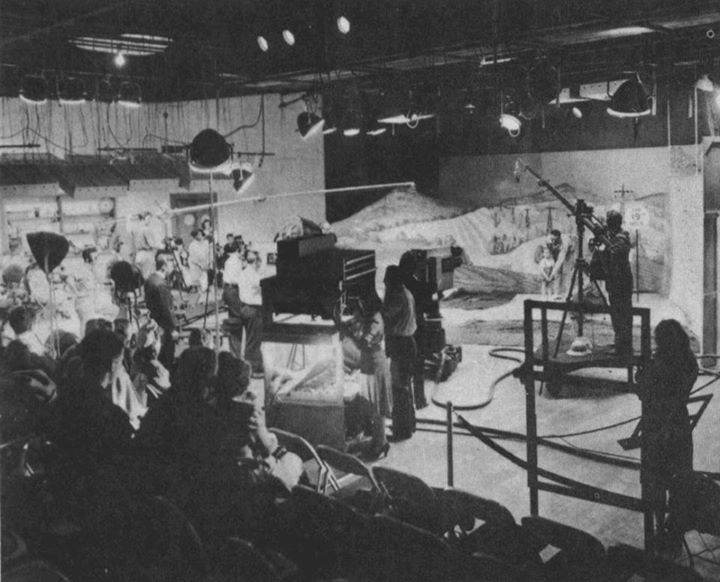

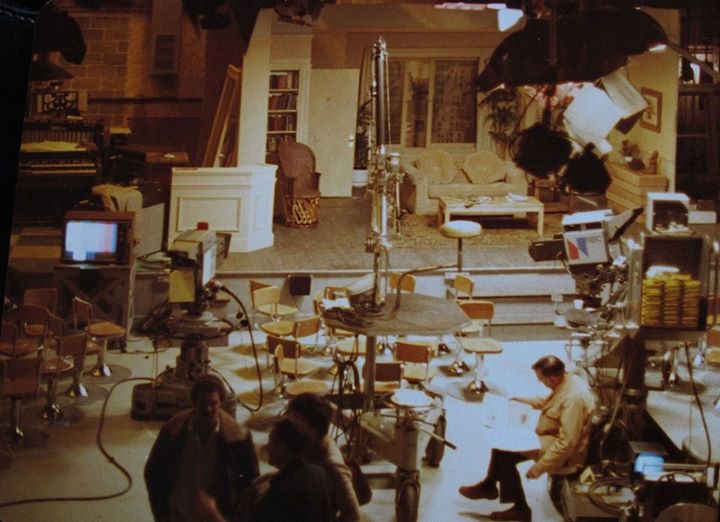

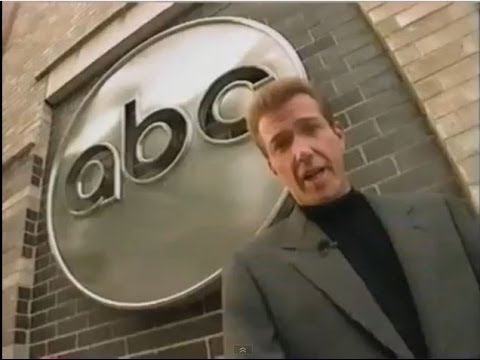

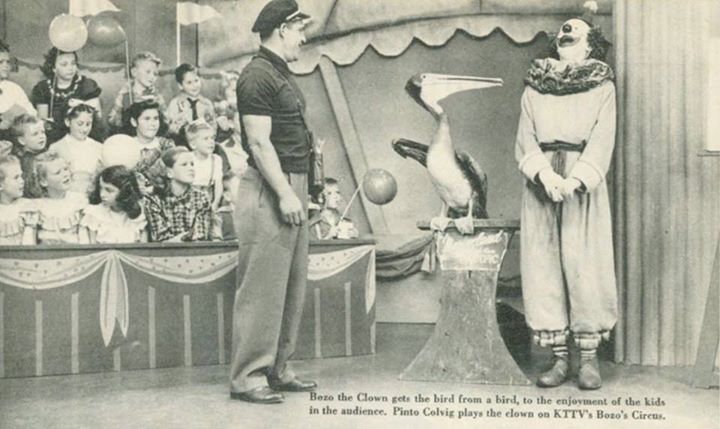

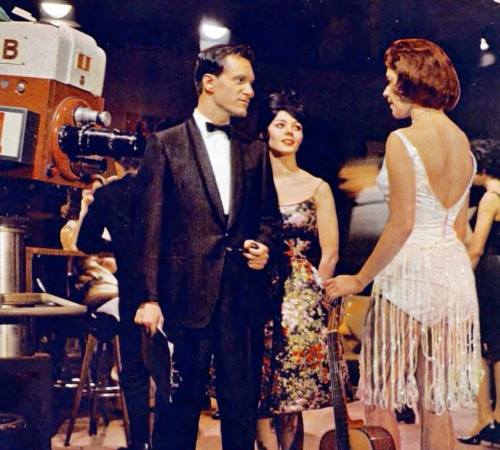





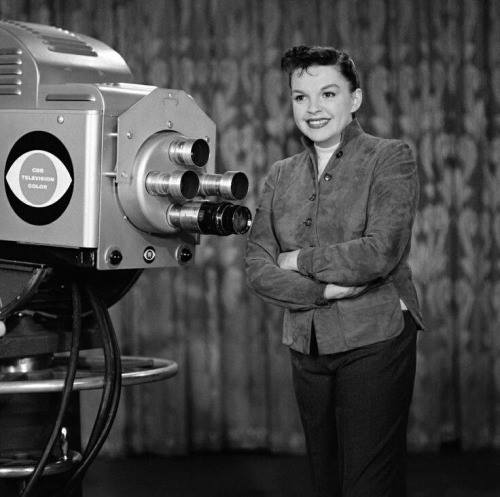

Posts in Category: TV History
Page 37 of 136
« Previous
1
2
3
4
5
6
7
8
9
10
11
12
13
14
15
16
17
18
19
20
21
22
23
24
25
26
27
28
29
30
31
32
33
34
35
36
37
38
39
40
41
42
43
44
45
46
47
48
49
50
51
52
53
54
55
56
57
58
59
60
61
62
63
64
65
66
67
68
69
70
71
72
73
74
75
76
77
78
79
80
81
82
83
84
85
86
87
88
89
90
91
92
93
94
95
96
97
98
99
100
101
102
103
104
105
106
107
108
109
110
111
112
113
114
115
116
117
118
119
120
121
122
123
124
125
126
127
128
129
130
131
132
133
134
135
136
Next » December 15, 1965…WSB Atlanta Goes Color With First RCA TK42
On January 11, 2015
- TV History
December 15, 1965…WSB Atlanta Goes Color With First RCA TK42
http://insidebobforemansbrainpart2.blogspot.com/2013/10/ruth-kent-colorvised.html
At the link above is a story I just got from our friend Bob Foreman. The article he sent is from the Saturday paper, just after the Thursday surprise Atlanta viewers got when ‘Today In Georgia’ debuted in color, making WSB the first station in Georgia with live local color. They were also the first station here able to broadcast color and I think that ability goes back to around 1956. WSB was one of the original NBC affiliates on both the radio and television networks.
I’ve had this photo for a long time of that first “colorvised” show, but never had a firm date or back up to the fact that WSB got the very first TK42. The story was, that RCA wanted to field test the new camera on ‘The Popeye Club’. It was the country’s top local kids show and RCA thought the colorful clothing of the 30 or so “clubhouse gang” members for each show would be a good color test.
An RCA engineer came to Atlanta with the camera to set it up and tweak it, and was still doing that when the second one arrived in mid January. I think he stayed in Atlanta for about three months doing tests.
Georgia legend Ruth Kent who hosted ‘Today In Georgia’ is seen here on that first day with some of the WSB management and engineering people. Notice the cameraman is not using pan handles, but the built in D handles (zoom and focus) on the back of the camera. That’s what they were designed for, but the ergonomic idea by our friend Harry Wright, at RCA, turned at to be a not so good idea after all. Enjoy and share! -Bobby Ellerbee
Congratulations To NBC’s Rick Fox…Retired Friday After 31 Years
On January 11, 2015
- TV History
Congratulations To NBC’s Rick Fox…Retired Friday After 31 Years
Several people have asked about the unusually long hold on the opening shot of Friday’s ‘Nightly News’ broadcast and the single technical credit to a cameraman at the end of the show (below in Comments).
The cameraman in this screen capture is Rick Fox who’s been with NBC since 1984. Although he has worked a lot of other shows, I think he had been on the ‘Nightly News’ crew since the Brokaw days. Well done Mr. Fox! Enjoy and share. -Bobby Ellerbee


January 11, 1958…’Sea Hunt’ Debuts On 100 Stations In Syndication
On January 11, 2015
- TV History
January 11, 1958…’Sea Hunt’ Debuts On 100 Stations In Syndication
Filming began September 23, 1958 and ended exactly four years later on September 23, 1961. The series was created and produced by Ivan Tors and ZIV Television. Initially, the under water scenes were shot in Southen California, but soon moved to South Florida and The Bahamas where Tors later created ‘Flipper’.
Pioneering underwater cinematographer Lamar Boren shot nearly all the underwater footage and would later shoot ‘Flipper, and the underwater sequences of three James Bond films…’Thunderball’, ‘You Only Live Twice’, and ‘The Spy Who Loved Me’. Below is the first episode of ‘Sea Hunt’. Enjoy and share! -Bobby Ellerbee
http://www.youtube.com/watch?v=BqCIEr8AFgs
Sea Hunt: Season 1, Episode 1 Sixty Feet Below (4 Jan. 1958) Racing against time, Mike Nelson attempts a risky rescue of a test pilot trapped in his plane’s …
Picture Parade #5…’Gone With The Wind’ Technicolor Closeup
On January 10, 2015
- TV History
Picture Parade #5…’Gone With The Wind’ Technicolor Closeup
Having seen one of these huge Technicolor camera blimps in the Oz photo earlier, I wanted to give you a feel for how big they really were.
On the set of ‘Gone With The Wind’, here is director Victor Fleming looking into the viewfinder. Behind him is camera operator Arthur Arling and cinematographer Ernest Haller.
The actual camera inside the soundproof blimp was about the size of a regular 35mm Mitchell, but it used three reels of film simultaneously and a larger than average motor, so it was fairly noisy. Remember to visit the EOAG page to see all of today’s stories by clicking on the blue title text above. -Bobby Ellerbee
Heaving and Hoeing, Heavy Metal And Manpower
On January 10, 2015
- TV History
Picture Parade #4…Heaving and Hoeing, Heavy Metal And Manpower
This is a location shot from the 1938 hit musical ‘Girls Of The Golden West’ staring Jeanette MacDonald and Nelson Eddy and a ton of new comers, like Buddy Ebson who you’ll see in the trailer. You’ll also see a lot crane shots made with this two and a half ton behemoth.
By the way, the rope is not for pulling the crane, but it is for pulling distance. Knots in the rope let them know when they got to the marks they had rehearsed. Enjoy and share! -Bobby Ellerbee
A Funny Thing Happened On The Way To Oz
On January 10, 2015
- TV History
Picture Parade #2…A Funny Thing Happened On The Way To Oz
A few weeks back, I watched ‘The Wizard Of Oz’ for the umteenth time on TCM. It’s still a fascinating spectacle…especially for those of us who grew up watching it on black and white sets and never knew till much later that most of it was in color. Here’s one of the huge Technicolor cameras shooting Margret Hamilton atop a house, just before she disappears in a beautiful orange smoke cloud. Enjoy and share! -Bobby Ellerbee
The Universal Court House Square
On January 10, 2015
- TV History
Picture Parade #1…The Universal Court House Square
Most recognize this set from ‘Back To The Future’, but it’s been used in more productions than you can shake a stick at. The first time we saw is was with Ma and Pa Kettle in 1949. Enjoy and share! -Bobby Ellerbee
Early Color Testing Days At The Colonial Theater
On January 9, 2015
- TV History
Picture Parade #5…Early Color Testing Days At The Colonial Theater
It was late November 1952 when the four RCA TK40 prototype cameras arrived at The Colonial. There was a year of almost around the clock testing of cameras, monitors, switching and transmitting equipment. The first production models of the TK40, twenty five in all, were shipped from Camden on March 4, 1954.
Notice in this photo from January ’54, there is no big cradle head…only a friction head under the camera. One thing the production crew learned in 1953 was that there was a need for a bigger, better pan head for the 325 pound camera. Houston Fearless sent a prototype cradle head in the summer of 53 and when the TK40s shipped in ’54, they all came with the new custom cradle head. Enjoy and share! -Bobby Ellerbee
By the way, the crane is the Houston Fearless 30B model.
The Red Barber Baseball Box
On January 9, 2015
- TV History
Picture Parade #4…The Red Barber Baseball Box
Red Barber was the first announcer to broadcast baseball on television. He knew a lot about how to help get the best out of a game and developed this box to “talk” to the director in the truck.
When he thought play action was going to be in a certain area, or there was some player or position he wanted to talk about, he would flip one of the switches to alert them to have a camera ready. Red’s position requests were solid red lights. When the truck wanted him to talk about a position or player, they flipped a switch on their board and Red’s board light there blinked. Enjoy and share! -Bobby Ellerbee
‘On The Town’, First Musical Shot On Location
On January 9, 2015
- TV History
Picture Parade #2…’On The Town’, First Musical Shot On Location
This 1949 film starring Gene Kelly, Frank Sinatra and Betty Garrett was the first musical to be shot on location. Not all of it, but all of the outside scenes, were shot over a five day period in Manhattan.
It rained three of those days, but that was not the biggest problem. Both Sinatra and Kelly were at the peek of their fame and keeping fans away was the real problem. To help camouflage things, taxis and not limousines were used to get to locations, and the camera was hidden in a station wagon for street scenes. A broom handle was used as sound boom on the street.
When the movie debuted at Radio City Music Hall, the lines were the longest in the theater’s history. Oh… and Sinatra was so skinny, he had to wear butt pads to fill out the seat of his sailor suit. He tried very hard to keep this a secret, but word got out on the set and Gene Kelly teased him relentlessly. Enjoy and share! -Bobby Ellerbee


NBC New York’s Air Cushion Studio Floors
On January 9, 2015
- TV History
Picture Parade #1…NBC New York’s Air Cushion Studio Floors
Most never knew that under each studio floor at 30 Rock, there are air cushions to prevent vibration from the subway that runs directly under the building.
When Rockefeller Plaza was built in 1933, there was an elevated train that ran down 6th Avenue. In later years, it was moved underground and that’s when the problems started. I don’t know much about the when and where this began, but I remember reading about this around 1963. I thought it was fascinating, but remember something about big coil springs in the floors too.
I think this drawing is from the early ’60s and shows how inflated rubber bags were used to suspend the studio floor from the sub floor. If you know more, please chime in! Enjoy and share! -Bobby Ellerbee
CBS Studio 42 At Grand Central Terminal, 1950
On January 5, 2015
- TV History
Picture Parade #4…CBS Studio 42 At Grand Central Terminal, 1950
This is Faye Emerson on her fifteen minute daily show the CBS Network. In 1947, CBS bought the RCA TK10s and 30s for their studios. These are TK30s with the exclusive CBS striped band on the viewfinder. Do you know why they were there?
Here’s the answer…these are actually handy gray scale charts that cameramen can use to keep their adjustments in line as the tubes tended to drift some. Without having to go to a test pattern chart, they could quickly swing to the camera next to them and adjust their gain, shading and alignment. Enjoy and share! -Bobby Ellerbee
CBS Studio 41 At Grand Central Terminal, 1944
On January 5, 2015
- TV History
Picture Parade #3…CBS Studio 41 At Grand Central Terminal, 1944
These photos are from 1944 and show us WCBW, Studio 41 which was the larger of the two Grand Central studios. Officially there were Studios 41- 44 there, but 43 and 44 were “control” studios and not production studios like 41 and 42. As a reminder, this was local programming as there was no CBS Television Network until 1948. Enjoy and share! -Bobby Ellerbee
SNL And NBC Studio 8H…February 10, 1979
On January 5, 2015
- TV History
Picture Parade #2…SNL And NBC Studio 8H…February 10, 1979
When Bryan Durr was in high school, he and some buds would occasionally cut class and go on adventures in the city. These great photos are from one of those days. Bryan is now the senior video engineer for Seth Meyers in NBC’s Studio 8G.
His mention of the musical guest, The Talking Heads, puts this a day or so before their only appearance on SNL. The guest host was Cecily Tyson. MUCH MORE on the photos including excellent comments and more pix, so be sure and click on each. Thanks for digging these out of the garage Bryan! Enjoy and share! -Bobby Ellerbee


January 5, 1970…’All My Children’ Starts A 41 Year Run On ABC
On January 5, 2015
- TV History
January 5, 1970…’All My Children’ Starts A 41 Year Run On ABC
This 1993 video is a fantastic look behind the scenes of the show in ABC’s TV 23, but more on what you can see and where in a moment.
From 1970 to 1990, ‘All My Children’ was recorded at ABC’s TV 18 at 101 West 67th St, now a 50-story apartment tower. From March 1990 to December 2009, it was taped at ABC’s television studio TV 23 at 320 West 66th Street. In December 2009, the show moved to Los Angeles and was produced on Stages 1 and 2 at the Andrita Studios.
The show aired on ABC for 41 years, from January 5, 1970, to September 23, 2011. Created by Agnes Nixon, ‘All My Children’ is set in Pine Valley, Pennsylvania, a fictional suburb of Philadelphia. The original series featured Susan Lucci as Erica Kane, one of daytime’s most popular characters. This was the first new network daytime drama to debut in the 1970s. Originally owned by Creative Horizons, Inc., the company created by Nixon and her husband, Bob, the show was sold to ABC in January 1975. The series started at a half-hour in per-installment length, then was expanded to a full hour on April 25, 1977.
The first 4 minutes of the video are quite good, as is the whole thing as we spend a lot of time on the set with what look like Ikegami 377s. Camera blocking starts around 11:30 with props at 14:30. Around 16:50 we get into the control room and into sets around 22:48. There’s a lot of good stuff here, so skip around, enjoy and share! -Bobby Ellerbee
http://www.youtube.com/watch?v=YYj4F4DUjGw
http://www.waltwilleyworld.com Walt Willey (Jackson Montgomery) takes us behind the scenes of All My Children. Kelly Ripa also appears many years before her …
The Real, Original Bozo The Clown…Pinto Colvig
On January 4, 2015
- TV History
Picture Parade #6…The Real, Original Bozo The Clown…Pinto Colvig
It’s time to set the record straight! Larry Harmon may be a Bozo, but he’s not the original Bozo, even though he’s claimed otherwise.
If Bozo has a father, that man is Alan Livingston, former president of Capital Records, who created ‘Bozo At The Circus’ in 1946. It was the first read-along record…a milestone in children’s entertainment and sold more than a million copies. Here is the original book, voiced by Pinto Colvig. https://www.youtube.com/watch?v=qlPhoqRxmEE&ab_channel=Rarevintagefinds
It was so successful, Livingston branched out into TV in 1949. ‘Bozo’s Circus’ debuted on KTTV, Channel 11 in Los Angeles and Pinto Colvig, who provided Bozo’s voice, stepped in front of the camera. Livingston was the writer and producer. Harmon had nothing to do with it.
“Larry Harmon was just an out-of-work actor when I hired him to do some promotional work,” says Livingston. “Years later, when Capitol got out of the children’s entertainment business, we sold the rights to Bozo to Harmon and some partners. But he’s been misleading everyone and taking credit for Pinto’s work.”
Colvig is probably best known as the original voice of Disney’s Goofy and you can certainly understand why when you listen to his voice at the link above. He played the original Bozo The Clown part for a full decade beginning in 1946. He did the KTTV show from ’48 till ’58.
He is also the second known voice of Oswald the Lucky Rabbit. Other notable characters he voiced include Practical Pig, the pig who built the “house of bricks” in Disney’s ‘Three Little Pigs’, as well as both Sleepy (who originally was supposed to be voiced by Sterling Holloway) and Grumpy in ‘Snow White and the Seven Dwarfs’, and the barks for Pluto the dog. In 1939, Pinto also provided the voice of one of the Munchkins in ‘The Wizard Of Oz’. Now you know. Enjoy and share! -Bobby Ellerbee
Who Knew? The ‘Playboy Penthouse’ Show
On January 4, 2015
- TV History
Picture Parade #5…Who Knew? The ‘Playboy Penthouse’ Show
This show, shot at WBKB in Chicago, was a syndicated production that aired late nights in some major markets for a little over a year. Below is a clip from the debut episode, October 24, 1959 with Hugh Hefner as host…his first guest was the great Lenny Bruce.
Did you know about this? I didn’t until I found this picture a few days ago. Of course I was only nine years old then, but I had seen a Playboy magazine and liked what I saw. The first centerfold picture I ever saw was a bunny naked in the snow. I remember wondering why she didn’t have goosebumps. Kids! Got a Playboy story? Tell us. Enjoy and share! -Bobby Ellerbee
The First Color Tape Production, 1958
On January 4, 2015
- TV History
Above is a photo of Fred Astaire and dancer Barrie Chase in dress rehearsal for ‘An Evening With Fred Astaire’ at NBC Burbank on October 17, 1958. Further below is a link to the whole show.
The show was broadcast live in the east, but was recorded on color video tape for playback to the west…this was a first! The year before, CBS had done the same with ‘The Edsel Show’, but that was a black and white videotape performance.
As mentioned in today’s earlier story on the ‘Ford Star Jubilee’, CBS and NBC could broadcast live color from Los Angeles to the east cost, but until now, the west coast playbacks were always via black and white kinescopes. This is one reason that color production in the west, as well as color set sales always lagged the east coast. Enjoy and share! -Bobby Ellerbee
Quite Possibly, The First Photo Of ABC Studio TV 1
On January 4, 2015
- TV History
Picture Parade #3…Quite Possibly, The First Photo Of ABC Studio TV 1
This is the ‘Look Photo Crime’ show, sponsored by Look Magazine in September of 1949. The crime busting series, based on real stories, aired on ABC Radio five days a week and the TV series once a week. TV 1 and TV 2 (adjoining) on West 66th Street were ABC’s first New York studios. Enjoy and share! -Bobby Ellerbee
First CBS Color Special, ‘Ford Star Jubilee’ 1955
On January 4, 2015
- TV History
Picture Parade #2…First CBS Color Special, ‘Ford Star Jubilee’ 1955
Information is hard to come by, but it is thought that for CBS, this was their first full scale color broadcast using the RCA/NTSC Dot Sequential color system. The show came from CBS Television City’s Studio 43.
The event on September 24, 1955 was a double debut of sorts. It was the debut of ‘The Ford Star Jubilee’ anthology series, but was also called ‘The Judy Garland Special’, as she was the star. This show was telecast live in color from Los Angeles, but only the East Coast saw it in color. Other time zones saw a black and white kinescope, most of which survives today. Here is a clip of the whole one hour special but is it qued up to Judy singing “Somewhere Over The Rainbow” from the show. Enjoy and share! -Bobby Ellerbee
By the way, this was the first TV special to have what amounted to a “soundtrack album”, since most of the songs on the Capitol recording “Miss Show Business”, released two days after the broadcast, were what Judy had sung on this special.
Page 37 of 136
« Previous
1
2
3
4
5
6
7
8
9
10
11
12
13
14
15
16
17
18
19
20
21
22
23
24
25
26
27
28
29
30
31
32
33
34
35
36
37
38
39
40
41
42
43
44
45
46
47
48
49
50
51
52
53
54
55
56
57
58
59
60
61
62
63
64
65
66
67
68
69
70
71
72
73
74
75
76
77
78
79
80
81
82
83
84
85
86
87
88
89
90
91
92
93
94
95
96
97
98
99
100
101
102
103
104
105
106
107
108
109
110
111
112
113
114
115
116
117
118
119
120
121
122
123
124
125
126
127
128
129
130
131
132
133
134
135
136
Next »